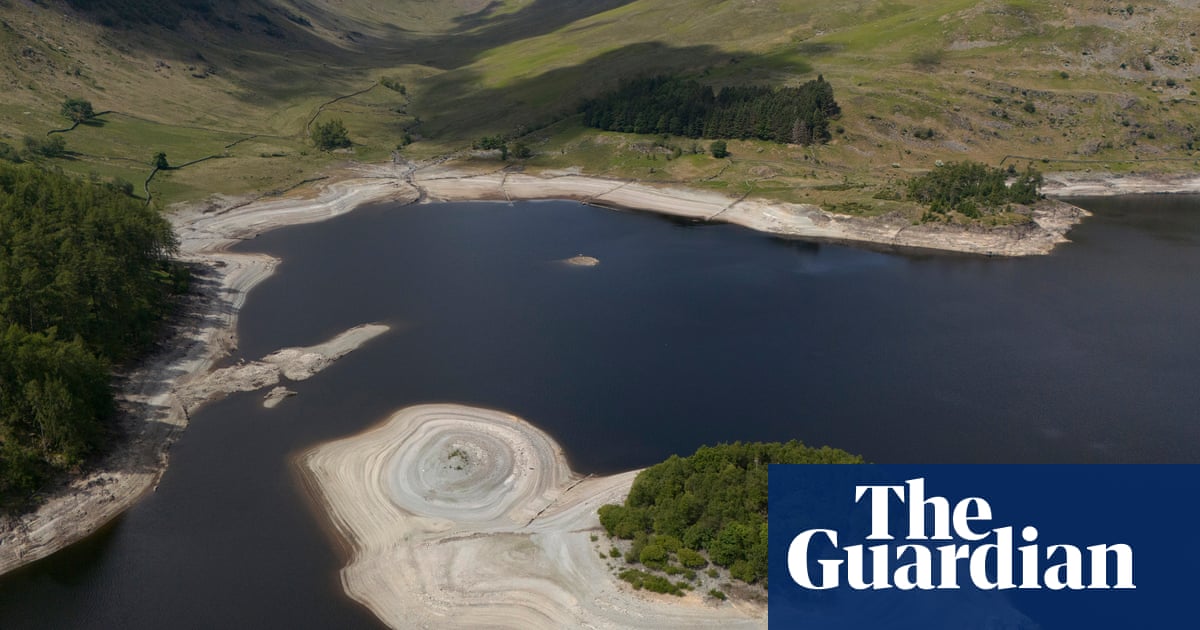After the driest spring for 132 years, two regions of England – Yorkshire and the north-west – have entered drought status. Some reservoirs have shrunk to half their volume and without substantial rain other regions could also enter drought status. But it’s not just lack of rain that is the problem. A new study shows that a thirstier atmosphere is making droughts more severe and widespread around the globe.
Researchers used climate data including temperatures, wind speeds, humidity and solar radiation to develop an “atmospheric evaporative demand” index – essentially a measure of how thirsty the atmosphere is. From data going back to 1901, their findings, published in Nature, show that the atmosphere has become thirstier over time. This rising thirst has increased the area of land vulnerable to drought and is responsible for about 40% of the increase in drought severity over the last four decades.
A thirstier atmosphere means that even in places where rainfall hasn’t changed much, there are still worsening droughts. The researchers argue that atmospheric thirst needs to be factored in to our preparations for drought. Storing and conserving water won’t be enough and we also need strategies to reduce evaporative loss, such as planting drought-resistant crops, improving soil health, restoring habitats to retain moisture, and more efficient irrigation systems.
Source link
